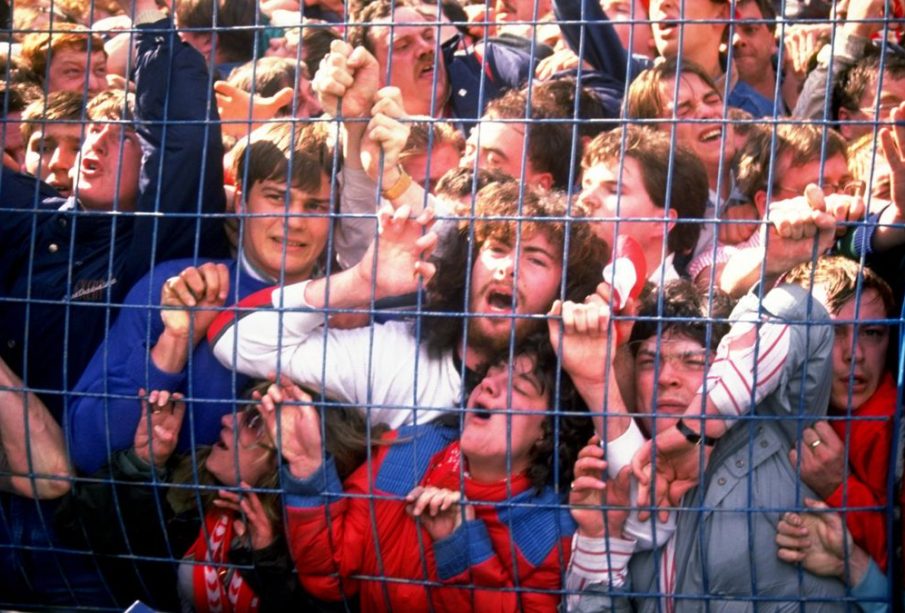The Hillsborough Disaster: A Lasting Legacy in Football Safety

Introduction
The Hillsborough disaster, which occurred on 15 April 1989, remains one of the darkest days in English football history. During an FA Cup semi-final match between Liverpool and Nottingham Forest at Hillsborough Stadium in Sheffield, 96 Liverpool fans tragically lost their lives due to overcrowding in the standing pen of the stadium. The incident has had far-reaching implications for football safety regulations, fan engagement, and public accountability. Understanding the importance of Hillsborough is essential in ensuring such a tragedy does not happen again.
The Events of That Fateful Day
On the day of the disaster, approximately 24,000 Liverpool fans entered Hillsborough, but they were unable to reach their designated stands due to poorly planned crowd control measures. As kick-off approached, fans continued to flood into the already congested pens, leading to a crush that became fatal. Emergency services struggled to cope with the chaotic scenes, resulting in further confusion and delays in medical assistance. The tragedy was compounded by inaccurate media reporting and a lack of accountability from relevant authorities, contributing to years of pain and suffering for the victims’ families.
Impact on Football and Safety Regulations
The Hillsborough disaster prompted immediate scrutiny of stadium safety standards. The Taylor Report, published in 1990, recommended major reforms, including the phasing out of standing terraces in football stadiums and an increase in all-seater capacities. These recommendations radically transformed the way football was experienced in the UK, leading to safer environments for fans. Furthermore, the incident catalysed a conversation about the responsibilities of police and local authorities in ensuring public safety during major events.
The Ongoing Fight for Justice
For the families of the victims, the fight for justice has been an enduring battle. Initially, many were wronged by narratives that blamed fans for the disaster. However, persistent campaigns led to new inquests, uncovering the truth behind the tragedy. In 2016, an independent inquiry concluded that the Liverpool fans were not to blame for the events, leading to a sense of vindication for many affected. The ongoing remembrance events and memorials ensure that the memory of those who lost their lives is preserved.
Conclusion
The legacy of the Hillsborough disaster is profound, serving as a stark reminder of the need for vigilance in crowd safety and accountability. It has influenced not just football but also other mass gathering events across the country. As the community continues to mourn and remember the 96 victims, the importance of Hillsborough in discussions about crowd safety, public accountability, and fan experiences remains ever more relevant. Future generations must learn from this tragedy to prevent such events from recurring, highlighting the importance of reform and remembrance in our sporting culture.







